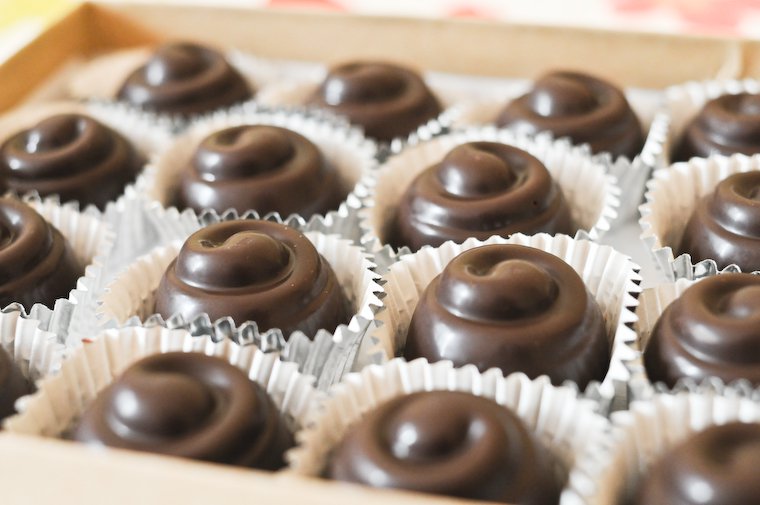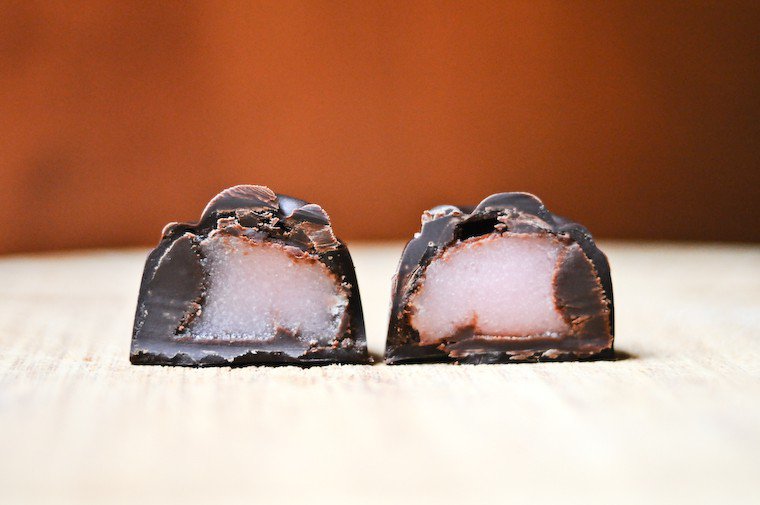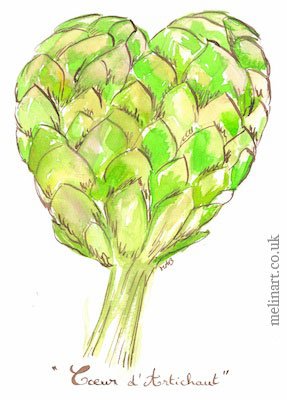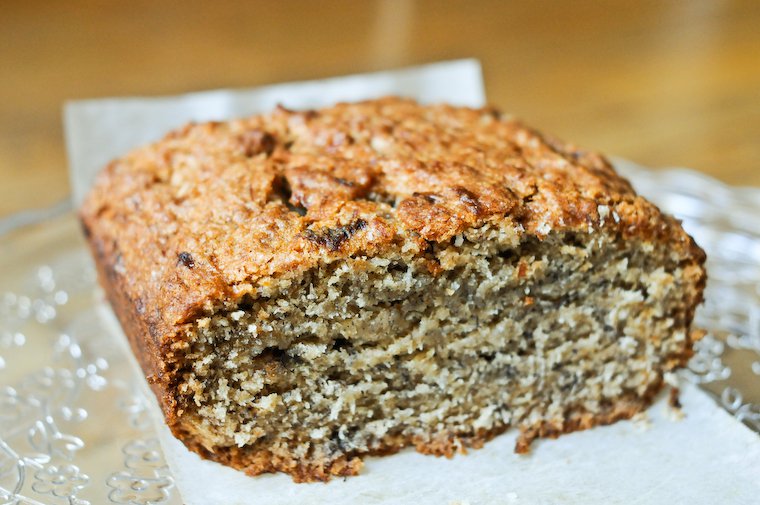This is a good time of year to reflect upon one’s blessings, and among the very many things I feel grateful for is the way this blog connects me with remarkable people whose path I might never have crossed otherwise.
Case in point: Colins Kawai, the marketing director of the University of Hawaii Press, but also an artisan chocolatier and the founder of Choco Le’a (“chocolate pleasures”), a small chocolate company based in Hawaii that he started to raise funds for charities and non-profits around the world.
I met Colins and his wife Joan when they visited Paris in November: Colins and I had exchanged a few emails, and he had told me about his company, which does mostly catering for weddings and other receptions, and about the truffles he makes for those events, garnished with such exotic flavors as lilikoi (passionfruit), haupia (coconut creme), or lychee liqueur.
We arranged to meet at the Salon du Chocolat, the Henri Le Roux stall serving as our rendezvous. We chatted for a little while, and Colins and Joan handed me a few boxes of their truffles, which they had, amazingly, hand-carried from Hawaii for me, along with a few other gifts, including the most adorable onigiri-pattern bib for Milan.
Maxence and I enjoyed the chocolates a great deal (read: we inhaled them), and the ones I was most taken with were the mochi truffles, which came in four flavors: plain, strawberry, honeydew (my favorite), and orange.
I adore mochi in all its forms, as evidenced by my posts on the strawberry daifuku mochi and the warabi mochi, but this was the first time I’d witnessed its encounter with chocolate. I have since researched the subject, and while I’ve found many instances of chocolate truffles wrapped in mochi — delicious too, I’m sure — I haven’t found references to truffles with a piece of mochi inside.
Curious to know more about this novel treat, I asked Colins to answer a few questions.











